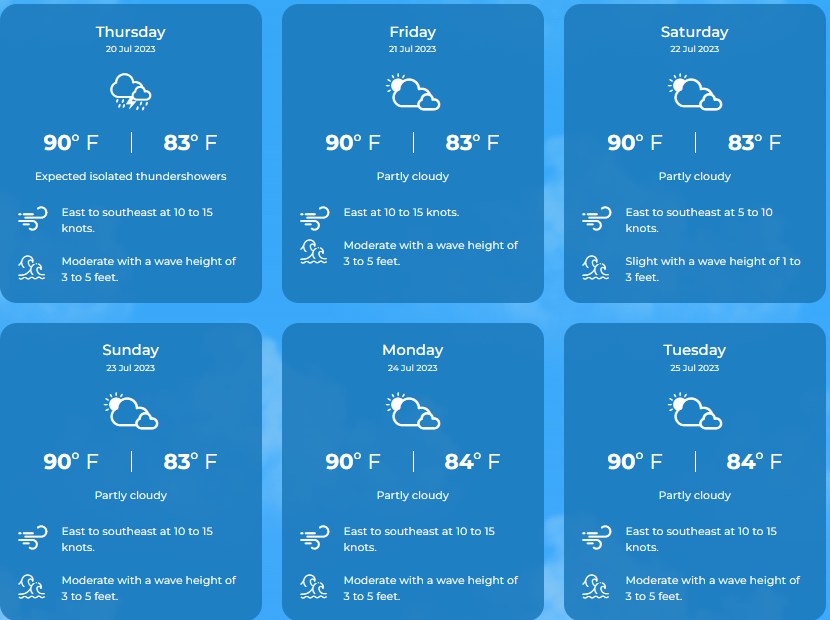(CMR) As summer temperatures continue to rise, the Department of Labour & Pensions (DLP) is cautioning those working outdoors, especially in the construction industry, to take precautions and minimize the risk of heat stress.
Summer 2023 is officially the hottest on record in the Cayman Islands, and people are being reminded that heat stress can kill. At least 18 people have reportedly died from heat in Phoenix, Arizona, USA, this year, and 69 more deaths are under investigation.
Gene Hydes, Head of Inspections at DLP, emphasized, “It’s important that workers working outside know the signs of heat stress and do their best to stay hydrated and for employers to factor in heat-control practices where and when possible to avoid unsafe working sites.”
According to the Centers for Disease Control and Prevention (CDC), workers who are exposed to extreme heat or work in hot environments may be at risk of heat stress. Exposure to extreme heat can result in occupational illnesses and injuries. Heat stress can result in heat stroke, heat exhaustion, heat cramps, or heat rashes. Heat can also increase the risk of injuries in workers as it may result in sweaty palms, fogged-up safety glasses, and dizziness. Burns may also occur as a result of accidental contact with hot surfaces or steam.
Workers at risk of heat stress include outdoor workers and workers in hot environments, such as firefighters, bakery workers, farmers, construction workers, miners, boiler room workers, factory workers, and others.
Workers at greater risk of heat stress include those who are 65 years of age or older, are overweight, have heart disease or high blood pressure, or take medications that may be affected by extreme heat.

Work practice recommendations include the following:
-Limit time in the heat and/or increase recovery time spent in a cool area.
-Reduce the metabolic (physically difficult) demands of the job.
-Use tools intended to minimize manual strain.
-Increase the number of workers per task.
-Train supervisors and workers about heat stress.
-Use a buddy system where workers observe each other for signs of heat-related illnesses.
-Require workers to conduct self-monitoring and create a work group (i.e., workers, a qualified healthcare provider, and a safety manager) to make decisions on self-monitoring options and standard operating procedures.
-Provide adequate amounts of cool, potable water near the work area and encourage workers to drink often.
-Use a heat alert program whenever the weather service forecasts a heat wave.
-Institute a heat acclimatization plan and encourage increased physical fitness.
- Fascinated
- Happy
- Sad
- Angry
- Bored
- Afraid


































